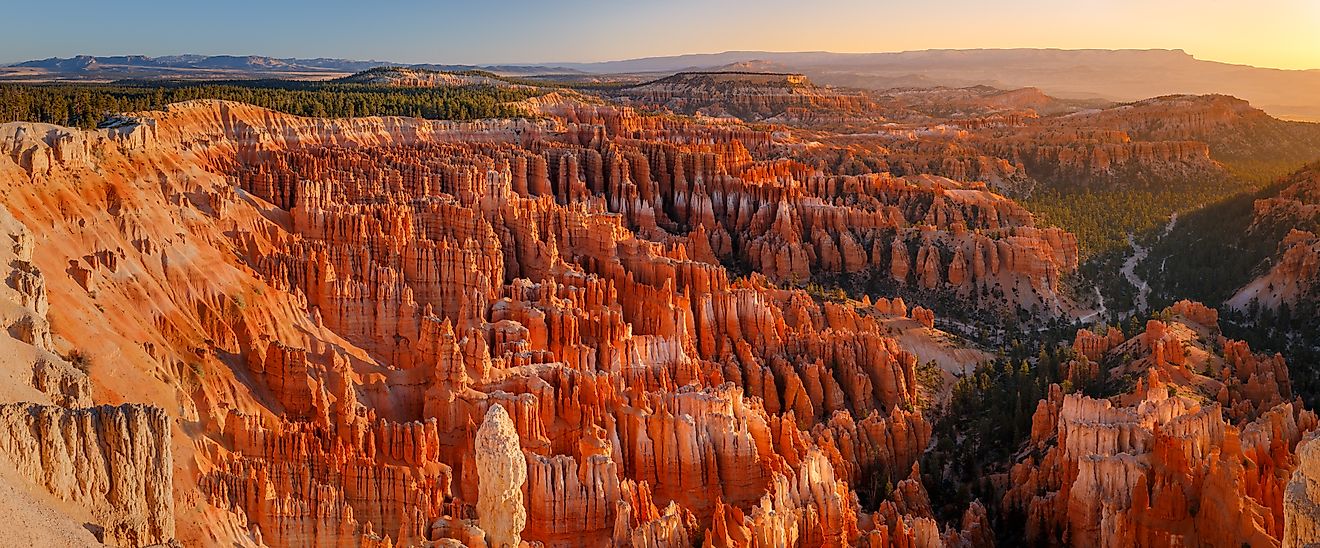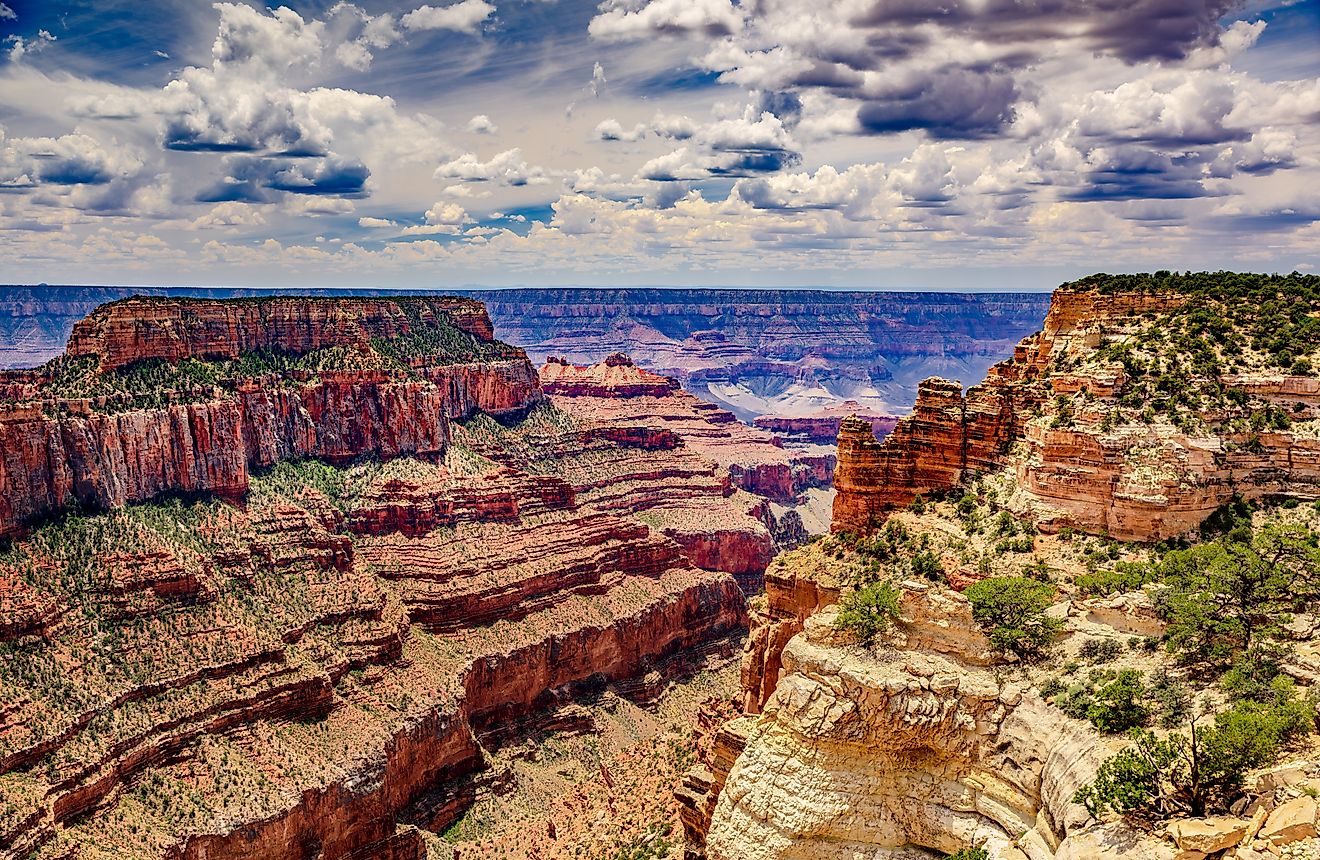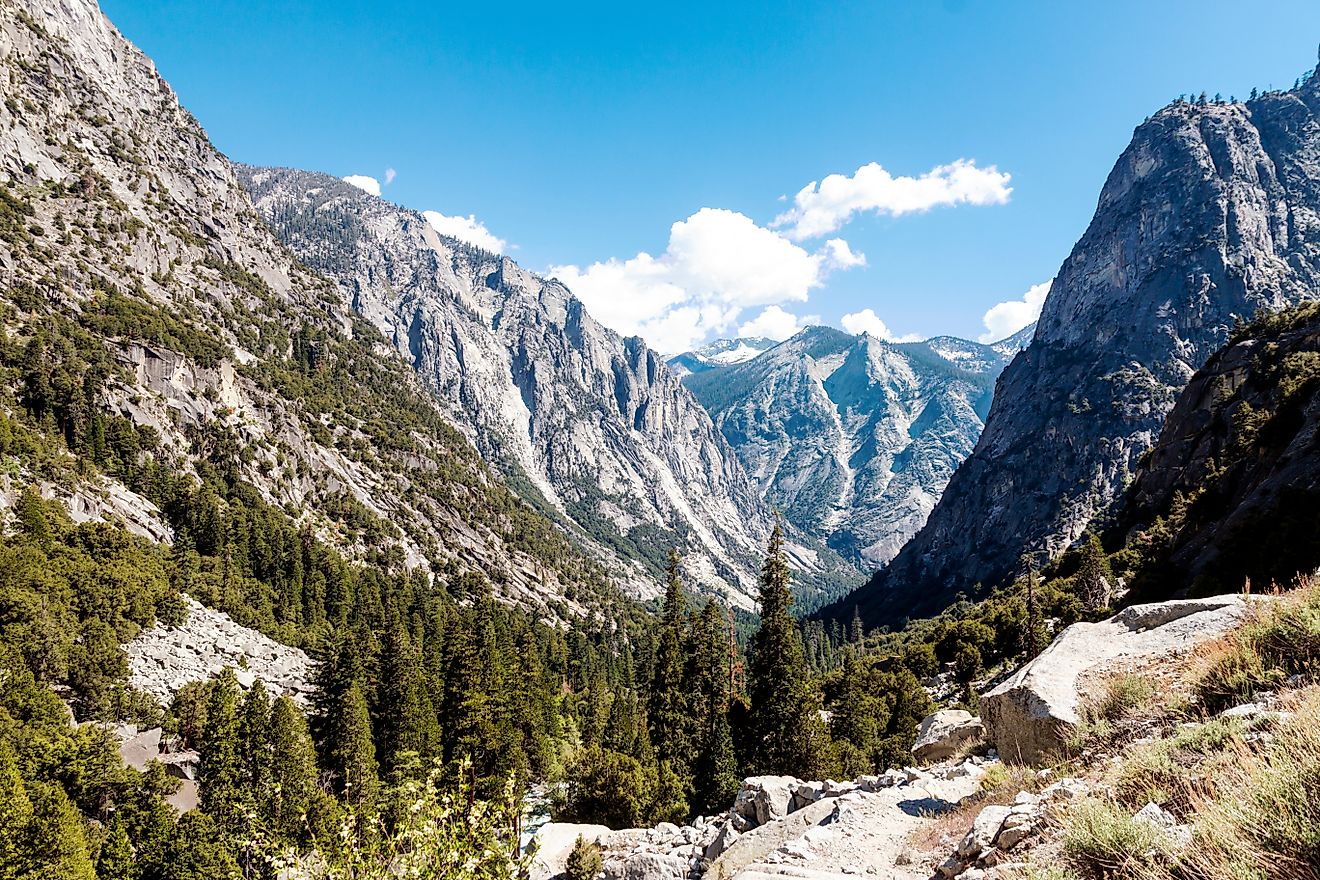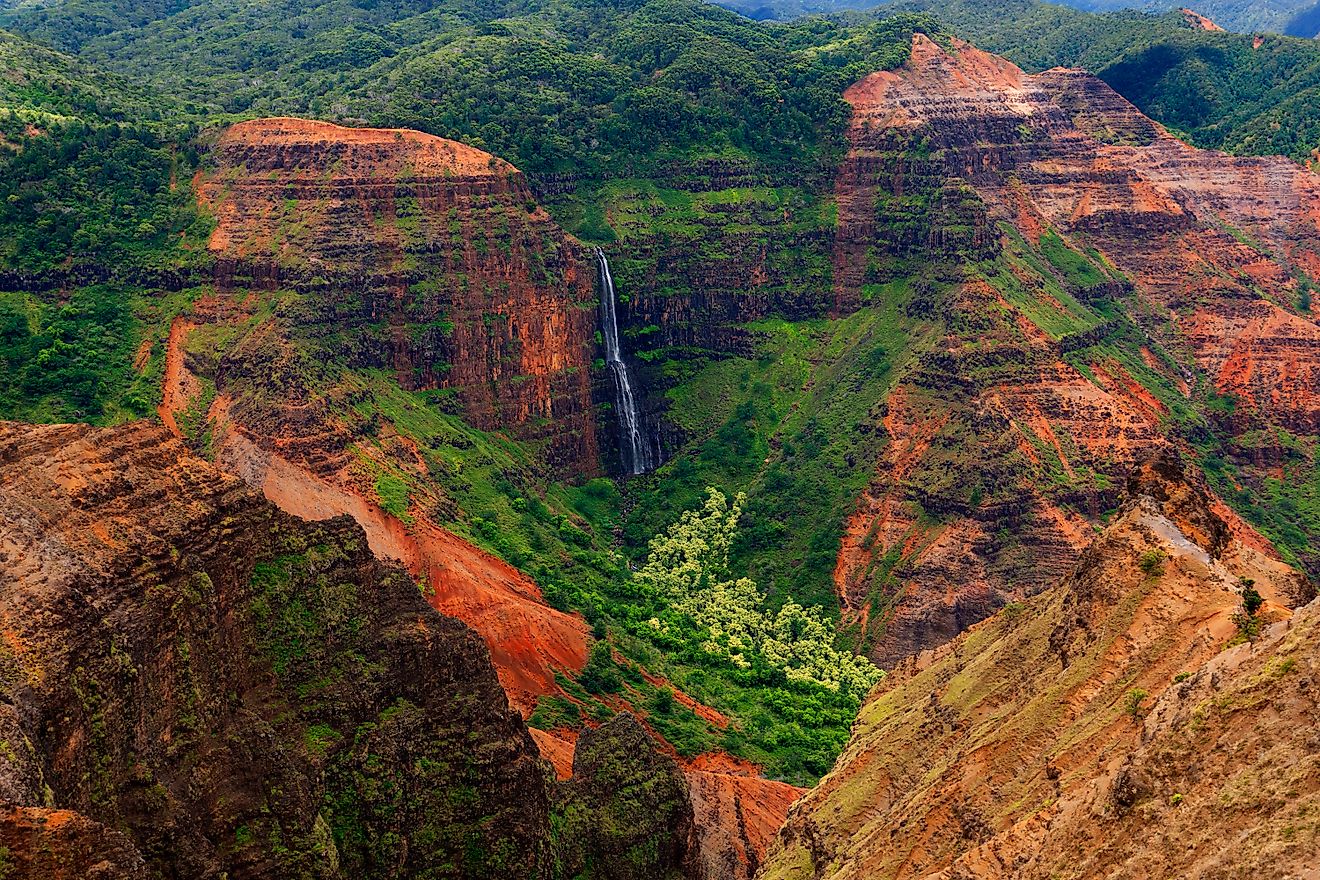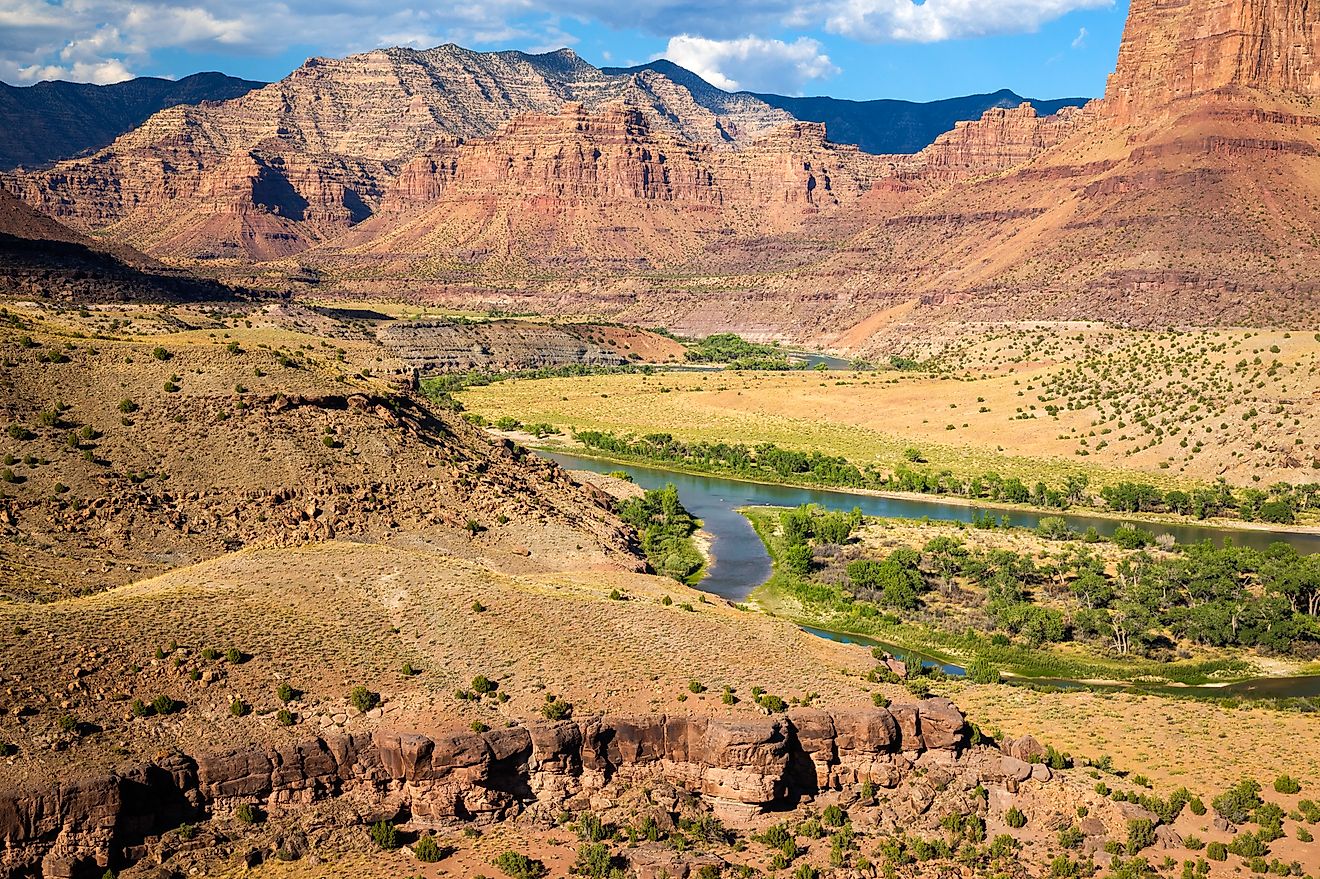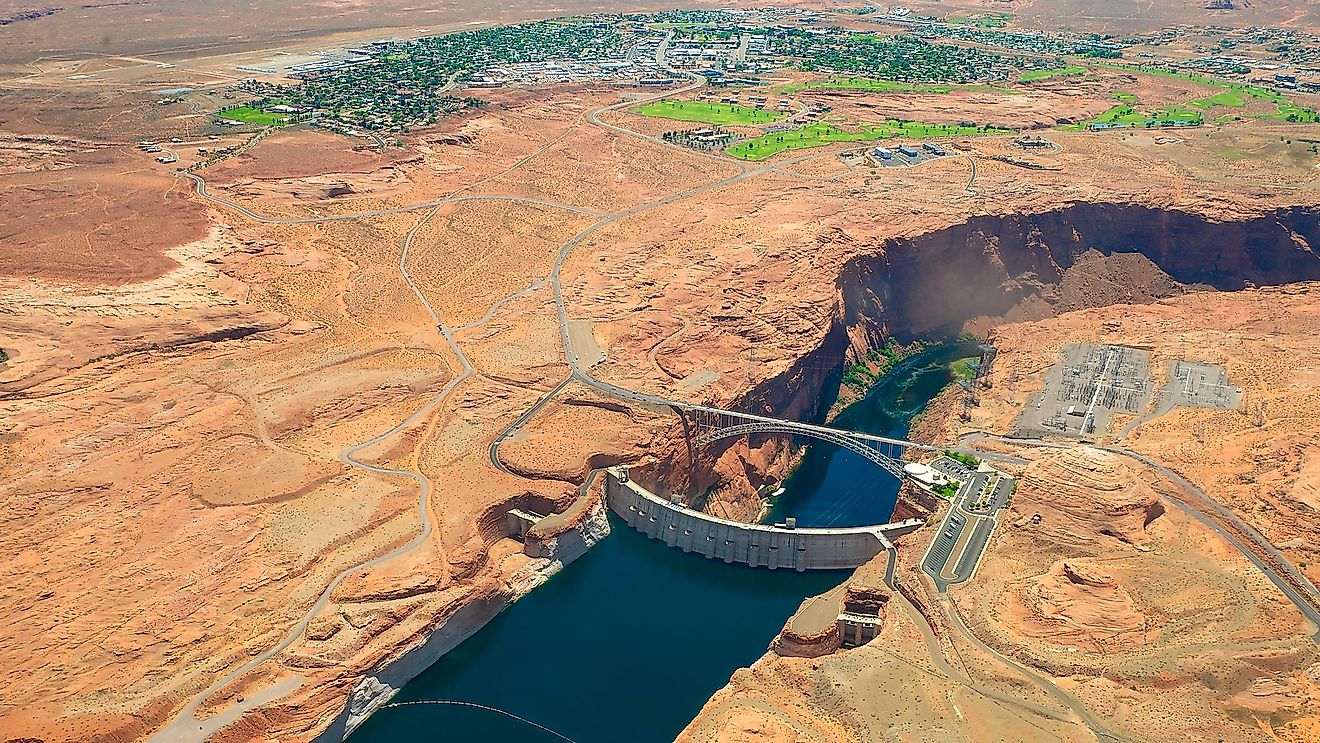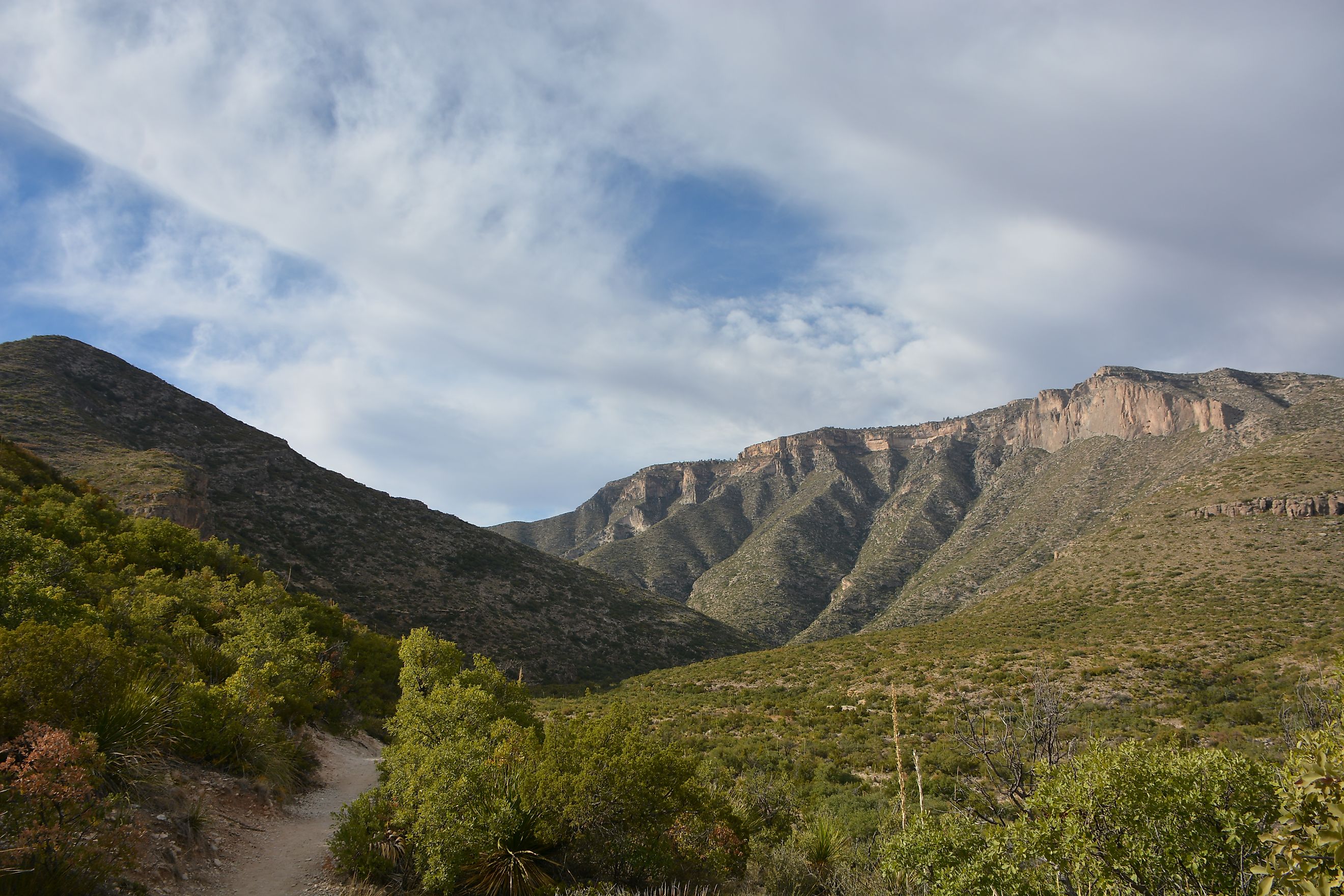
McKittrick Canyon
Tucked within the rugged Guadalupe Mountains, where the Chihuahuan Desert stretches for miles under an endless blue sky, lies one of the most unexpected landscapes in the American Southwest: McKittrick Canyon. Known for its towering walls, vibrant fall foliage, and rippling streams, McKittrick Canyon offers a stunning contrast to the surrounding desert. It’s not just a beautiful spot—it's a living reminder of how water, geology, and time can carve miracles into even the harshest environments.
Where Is McKittrick Canyon?
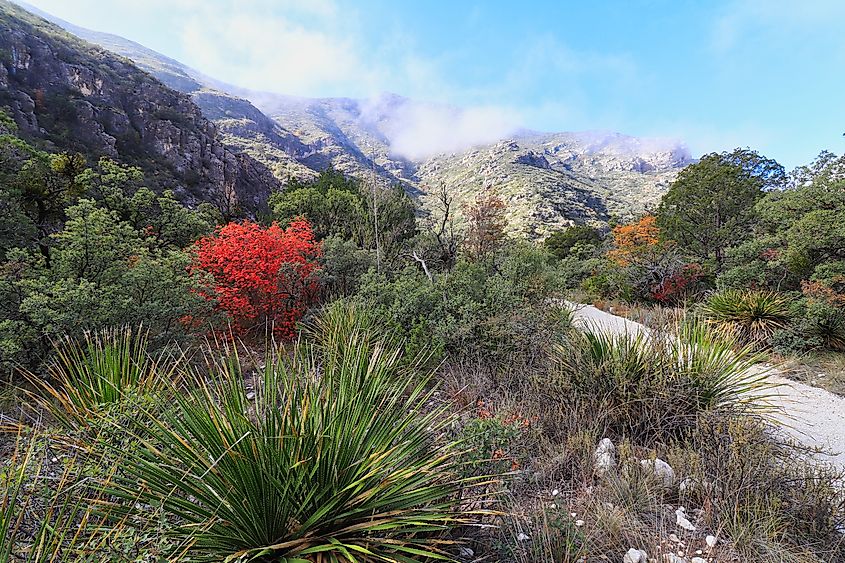
McKittrick Canyon straddles two states—West Texas and southern New Mexico. The majority of this natural treasure sits inside Guadalupe Mountains National Park in Texas, though its northern stretches reach into the Lincoln National Forest of New Mexico. The canyon is somewhat separated from the park’s main areas and is managed primarily as a day-use zone, with strict visitation hours to protect its fragile environment.
Getting there involves a short detour: a 4.2-mile gated road off US Route 62/180 leads visitors directly to the McKittrick Canyon trailhead. Here, a parking area, restrooms, and a small visitor center staffed by National Park Service volunteers welcome hikers eager to experience this hidden world.
The McKittrick Canyon Trail
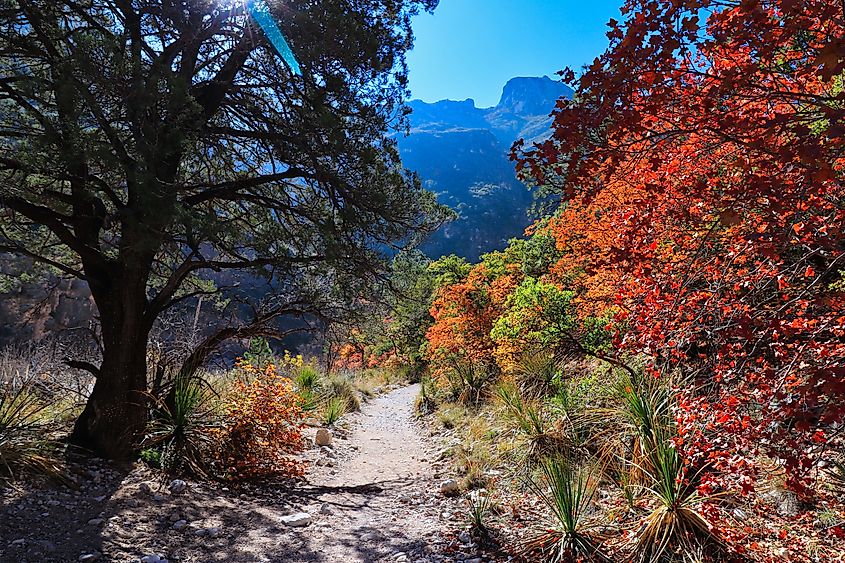
The adventure into McKittrick Canyon begins at the visitor center, where the trail initially follows a dry stream bed. In the early stretches, hikers are surrounded by typical Chihuahuan Desert flora. Hardy species like yucca, lechuguilla, sotol, ocotillo, and various prickly pear cacti dominate the landscape, sharing the arid ground with occasional Texas madrone trees. The madrone’s smooth, red bark peels back like paper each year, creating an almost otherworldly aesthetic against the desert’s muted colors.
This lower portion of the trail, with its sparse vegetation and sun-baked rocks, gives little hint of the lush oasis that lies ahead.
McKittrick’s Riparian Wonderland
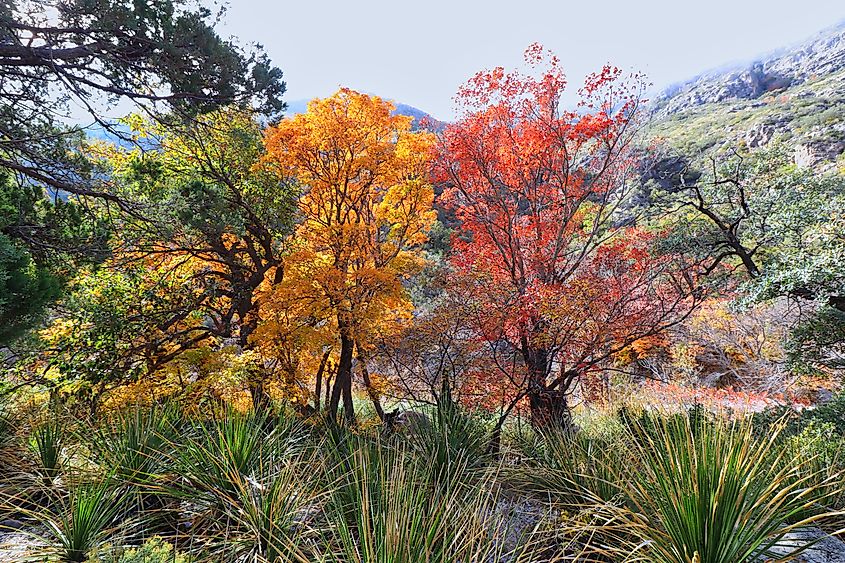
As the trail gently ascends, a transformation begins. Water reemerges, trickling through the canyon floor in clear, cool streams. The presence of water sparks an explosion of life—deciduous trees like oak, ash, and especially bigtooth maple begin to dominate the scenery.
In autumn, McKittrick Canyon becomes a dazzling mosaic of red, orange, and gold. The vibrant fall colors stand out starkly against the desert’s year-round palette of dusty browns and grays, creating one of the most breathtaking natural spectacles in the Southwest.
It’s a rare sight in Texas—a state not typically known for fall foliage—and part of what makes McKittrick Canyon so beloved by hikers, photographers, and nature enthusiasts.
Wallace Pratt and the Lodge
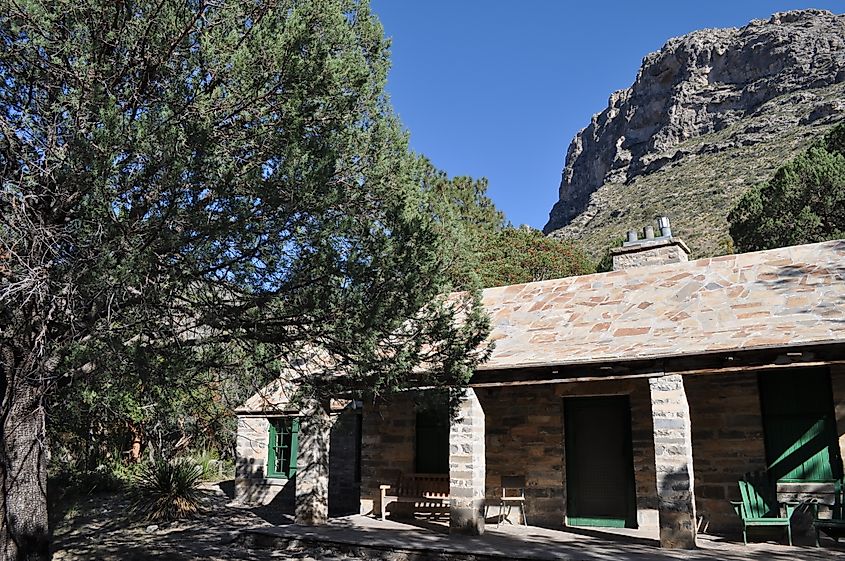
The Wallace Pratt Lodge in McKittrick Canyon in Guadalupe Mountains National Park, Texas. Editorial credit: Fredlyfish4 via Wikimedia Commons
About 2.4 miles into the hike, visitors arrive at one of McKittrick Canyon’s most fascinating landmarks: the Wallace Pratt Lodge. Built by petroleum geologist Wallace Everette Pratt in the early 20th century, the stone lodge once served as a private retreat. Pratt, captivated by the canyon’s serene beauty, purchased much of the land and later donated nearly 5,000 acres to the federal government.
His gift laid the foundation for Guadalupe Mountains National Park, which was officially signed into existence by President Lyndon B. Johnson in 1966. The park was formally dedicated and opened to the public in 1972. Pratt’s lodge still stands today as a quiet monument to conservation and foresight, offering hikers a shaded spot to rest and reflect on the canyon’s history.
The Climb to the Notch
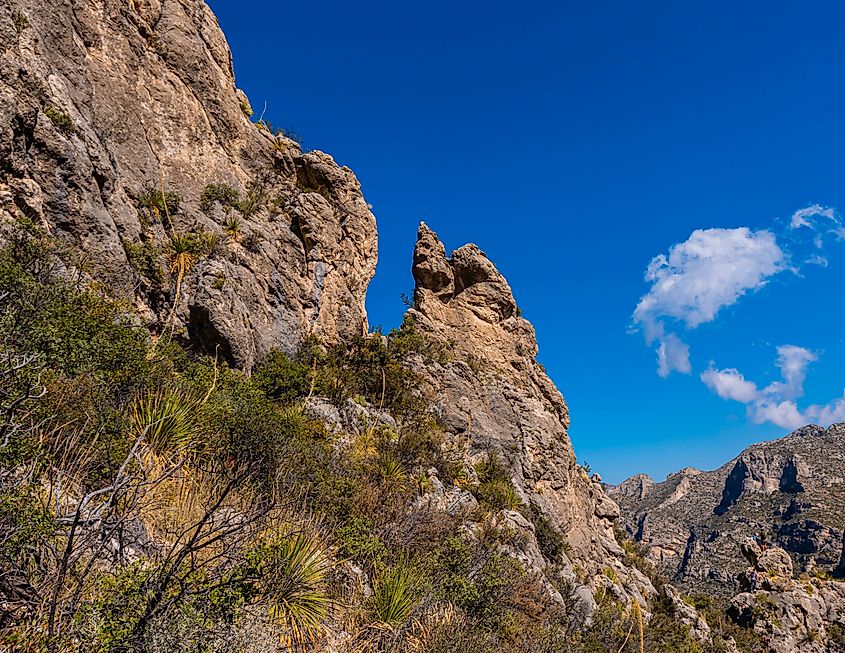
For those who continue beyond the Pratt Lodge, the trail becomes much steeper and more challenging. Over the next two miles, the path winds up a series of switchbacks, climbing nearly 2,000 feet in elevation. As you ascend, the views become increasingly panoramic, and the desert seems to stretch endlessly in every direction.
Eventually, hikers reach "the Notch", a high point at around 7,200 feet. From this vantage, McKittrick Canyon unfolds dramatically below, while South McKittrick Canyon and the faraway desert shimmer in the sunlight. It’s a grueling climb, but the reward is an unforgettable perspective on the landscape’s rugged grandeur.
Protecting a Fragile Environment
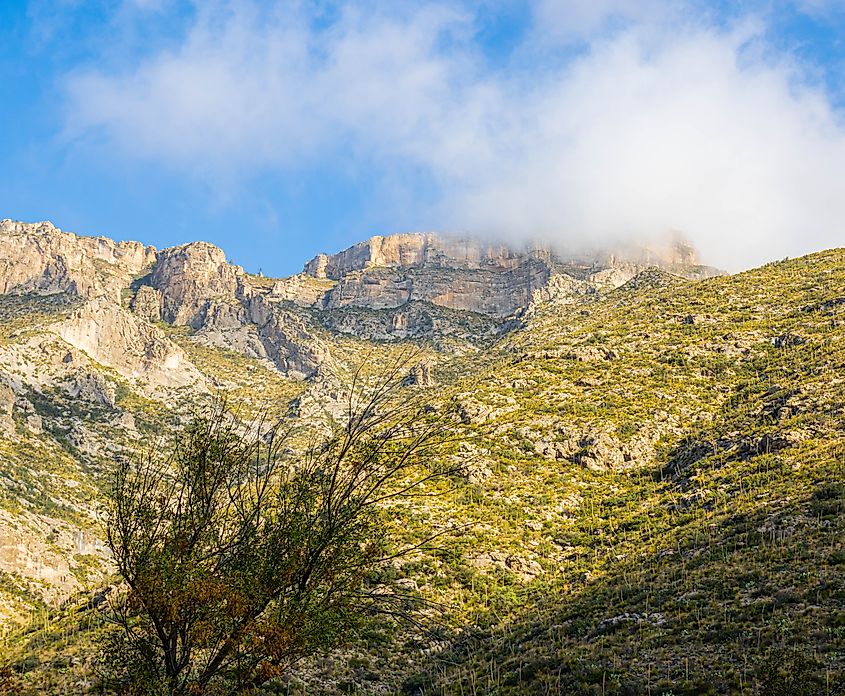
McKittrick Canyon’s ecological diversity is remarkable, but it’s also delicate. To preserve its unique character, the National Park Service enforces day-use only rules, keeping the canyon quieter and less disturbed than other popular destinations. The controlled access helps protect sensitive species and the critical riparian habitats that depend on the canyon’s rare streams.
A portion of McKittrick Canyon was even recognized for its archaeological significance when it was added to the National Register of Historic Places in 1991. These protections ensure that future generations will be able to experience the same sense of wonder that early settlers and Indigenous peoples once felt in this remote oasis.
Best Time to Visit McKittrick Canyon
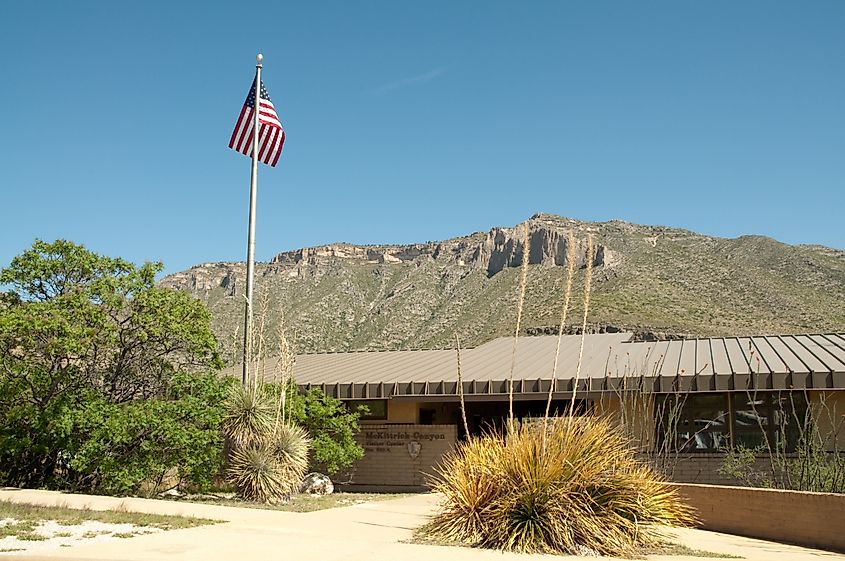
While McKittrick Canyon offers beautiful scenery year-round, the fall months—typically from mid-October to early November—are hands-down the best time to visit. The changing leaves create one of the most impressive displays of fall color in the southern United States.
Springtime also has its own magic, with blooming desert wildflowers adding bursts of color to the canyon floor. Winters are typically mild, but occasional snowfall can dust the surrounding peaks and give the desert a rare and haunting beauty.
What to Know Before You Go
Because McKittrick Canyon is managed as a day-use area, visitors should plan their hikes carefully:
-
Hours: Access is typically restricted to daylight hours.
-
Water: There are no water fountains along the trail—bring plenty of water, especially in warmer months.
-
Weather: Conditions can change rapidly. Dress in layers and be prepared for cooler temperatures higher up.
-
Leave No Trace: Help protect this fragile environment by packing out all trash and staying on designated trails.
